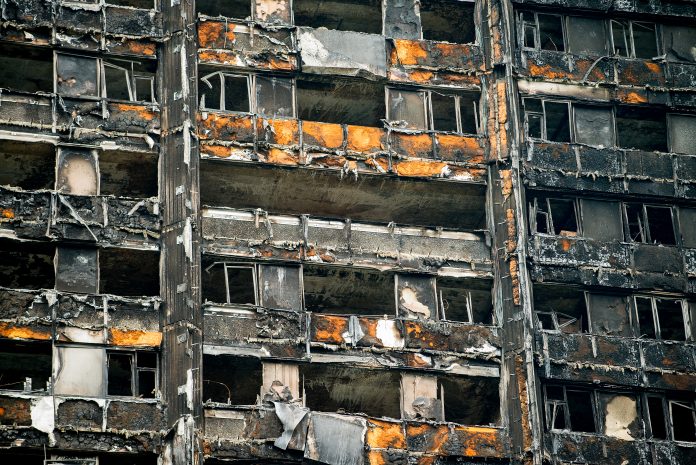The government’s flagship law intended to avoid another Grenfell-type tragedy is at danger of worsening the cladding crisis that has paralysed parts of the UK housing market, warns managing director at Ringley
The Fire Safety Bill will require all the fire safety provisions of a building, how they are managed, maintained and tested, to be detailed.
Such information will likely be required by mortgage lenders, says Mary-Anne Bowring, founder and managing director of Ringley Group.
Although it’s the responsibility of the building owner to provide a building’s fire safety information while also covering any cost, the reality is that this is invariably recoverable through the service charge, so rather the leaseholder will bear the brunt of any fee, Mary-Anne warns.
Mary-Anne, who sat on the RICS Residential Working Group and is an adviser to the Federation of Private Residents Associations, wants greater clarity for the property industry regarding the new legislation, and for the government to commit further funding for cladding remediation works.
The London-headquartered company recently hired Jon Curtis, who has advised ministers on issues relating to the EWS1 form, as its head of building engineering. Part of his role will be coordinating Ringley’s response to the cladding crisis.
Major risks
Mary-Anne Bowring said: “Once law, the Fire Safety Bill will see mortgage lenders demand more information regarding the building’s fire safety provisions that many homeowners will simply not be in a position to provide but may have no choice by 2022-2023 when all this is expected to be phased in.
“It is not clear whether the Hackitt Review which was limited to HRRBs (buildings of 10 or more stories, but recommended a regime that applied to all buildings) will apply to so much of the UK’s converted and smaller blocks where the cost of compliance per leaseholder will be huge.
“In line with the Hackitt review, the government is moving to a test based regime meaning the only real way of knowing a buildings true fire safety is through costly invasive tests, which will be needed not only on new developments but to retrospectively document all existing stock too.
“Given the industry is already struggling with the impact of EWS1 forms, this risks further paralysing huge swathes of the housing market, with leaseholders and flat-owners worse affected.
“To avoid the cladding crisis spiralling further out of control, the government needs to do three things…”
“First is to commit further resources to expand testing capacity. Two, to start managing owners’ expectations that ultimately living in a leasehold property is going to get more complex for those managing buildings, who have to gather extensive fire safety information and more expensive for leaseholders, who have to pay for that process.
“Three, pledge additional funding for cladding remediation works on low rise buildings so innocent homeowners aren’t forced to foot the bill. While proposed amendments to the Fire Safety Bill amendments intend to ban leaseholders from paying, this won’t help leaseholders in buildings under 18m who have a real problem now.
“Without these three actions, we risk putting huge swathes of the housing market in paralysis and trapping thousands of people in homes that are potentially dangerous or worthless.”

















